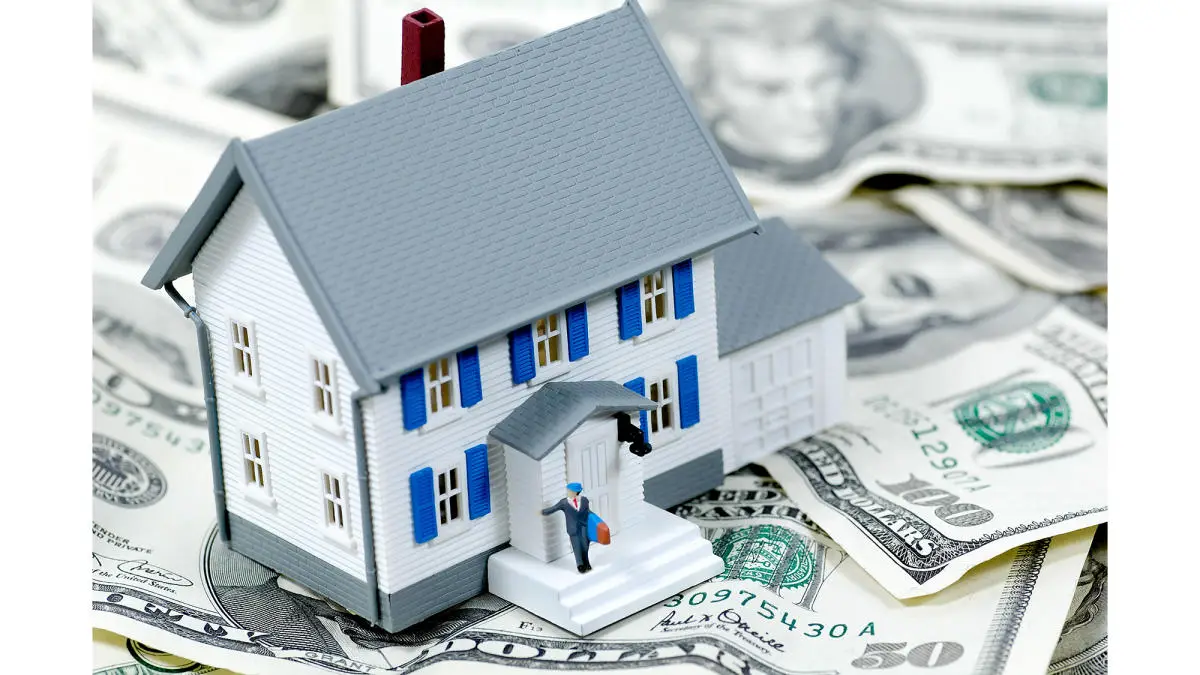Investing in commercial real estate during the construction phase continues to be one of the most attractive directions for capital growth. This is not just a trend, but a time-tested strategy. Data shows that almost half of Russian investors in 2024 preferred to invest in properties under construction. And for good reason: buying “squares” at the start of construction allows for an increase in their value by 20-30% in just 1-2 years. For example, a property that costs 120 thousand rubles per square meter at the excavation stage can be sold for 170-180 thousand after completion and finishing.
In this article, we will detail how to invest in the construction of commercial real estate. The material will be of interest to novice investors.

Why do developers and investors choose the primary market of commercial real estate?
The attractiveness of investing in under-construction commercial real estate is due to several factors:
- High profitability. The average annual yield for office spaces in Moscow reaches 11.5%, for retail spaces – 9%, warehouses – 12.3%, and hotels – from 13%. These figures make commercial real estate a serious competitor to other investment instruments.
- Significant increase in property value. Under-construction real estate is one of the most dynamically growing assets. The average completion time for a commercial project in 2023 was about 16 months, during which time the property value increased by 25-45%. Growth is particularly noticeable in deficit and developing regions, such as the south of Moscow, the center of Yekaterinburg, Kazan, or Krasnaya Polyana.
- Potential for long-term profitability. A well-chosen property can pay off in just 7-8 years, while its service life can be over 30 years, ensuring a stable income for many years.
Key investment strategies: how to invest in the construction of commercial real estate
Successful investments are always the result of a thoughtful strategy. In the field of commercial real estate construction, three approaches are most common:
- Purchase for subsequent rental. This strategy involves acquiring a property at the pre-rental stage or already completed, with the aim of generating stable passive income from rental payments. Suitable for investors focused on long-term perspective and regular cash flow.
- Speculative selling. An investor buys a property at early stages of construction (e.g., at the excavation stage) and sells it closer to project completion. The goal is to maximize profit through the price difference as the property readiness increases and its market value grows.
- Hybrid approach. Combines elements of the first two strategies. An investor invests in a property under construction, rents it out for current income after completion, and then sells it when the property value reaches the desired level.
How to invest in the construction of commercial real estate? The choice of strategy depends on your investment horizon, risk tolerance, and role in the project (private investor or participant in a collective fund).
What determines the value of commercial real estate: liquidity and profitability
To make an investment successful, it is important to understand what makes a property liquid (i.e., easily sellable) and profitable. These parameters depend on three key factors:
- Location. Location is perhaps the most important criterion. A property located near a metro station, in a business cluster, or in a actively developing area will always be more attractive. For example, retail spaces in comfort-class residential complexes, with a separate entrance and high traffic, show liquidity above 80%. Meanwhile, offices in business parks without good transport accessibility may lose their attractiveness.
- Type of property. Demand for different formats of commercial real estate varies. For example, “last mile logistics” warehouses (for delivery on the “last mile”) consistently exceed supply in megacities, making them highly sought after.
- Infrastructure. Developed surrounding infrastructure, including transport interchanges, public transport, and proximity to residential areas, significantly enhances the investment attractiveness of a property.
A well-chosen property is not just a building, but a strategic investment with clear profitability and exit strategy.
How to invest in the construction of commercial real estate with minimal risks?
Investments in commercial real estate construction, although promising, come with certain risks. However, these risks can be significantly reduced with a systematic approach:
- Document verification. Ensure all necessary construction permits and technical documentation are in place. Absence or incompleteness of documents can lead to project freeze.
- Estimate audit. Thoroughly check estimates for inflated figures. Unjustified expenses can significantly reduce your profit.
- Schedule control. Falling behind the construction schedule leads to increased costs and potential income loss.
- Realistic profitability assessment. Do not rely on inflated marketing promises. Verify actual rental rates and demand in the chosen location. For example, if the stated profitability is based on a rental rate of 3000 rubles/sq.m, while the actual rate in the location is 1800 rubles/sq.m, the property’s profitability will halve.
- Adequate price. Investing at an inflated price per square meter reduces the potential growth of your capital.
A true investor’s work begins with checking the numbers, not studying advertising brochures. Any stated cost or rate should undergo thorough analysis and verification.
Choosing the format: when square meters become an asset
The choice of commercial real estate format determines not only the initial profitability but also the growth dynamics of your capital. Today, the market shows increased interest in the following formats:
- Class B+ offices with flexible layouts. Their rental rate ranges from 1600 to 2200 rubles/sq.m, with a payback period of 7 years. The flexibility of layout solutions makes them attractive to a wide range of tenants.
- Last mile logistics warehouses. Demand for such properties consistently exceeds supply, especially in major cities, making them extremely sought after for investments.
- Street retail format commercial spaces. Located in high-traffic areas, they feature quick exposure (speed of rental or sale) and a stable income flow.
- Hotel business. This is a niche with growing domestic tourism, especially in regions like Altai, Kaliningrad, Kazan. The payback period for such projects can start from 6 years.
Each format requires detailed calculation and analysis. An investor works not with a “beautiful facade,” but with a clear matrix of indicators. Special attention should be paid to professional asset management, as without it, even the most profitable property can lose a significant portion of its potential.
How to invest in the construction of commercial real estate: building a balanced portfolio
Forming an investment portfolio in commercial real estate construction requires diversification not only by property types but also by their readiness stages.
A balanced approach may include:

- Projects at the land plot stage: Offer maximum potential for price growth but come with high risks.
- Assets at the excavation stage: Characterized by moderate risk levels and good potential profitability.
- Buildings at the finishing stage: Have minimal risks but a more moderate price growth, as a significant portion of the value is already formed.
- Completed properties with a management company: Provide stable rental income but with limited potential for asset value growth.
Such a portfolio allows for flexible capital reallocation depending on market phases and liquidity management without losses. This is no longer just a real estate market game but a well-thought-out investment system.
Conclusion
Investing in commercial real estate construction can be a powerful catalyst for your capital growth. However, success depends not on inspiration but on careful analysis, a well-thought entry point, and the ability to “read” the market. Construction can be both a profitable opportunity and a source of losses – it all depends on the quality of data, accuracy of calculations, and choosing the right strategy.
 en
en  ru
ru  de
de  ar
ar  es
es  nl
nl  hi
hi  fr
fr  it
it  pt
pt  el
el 



